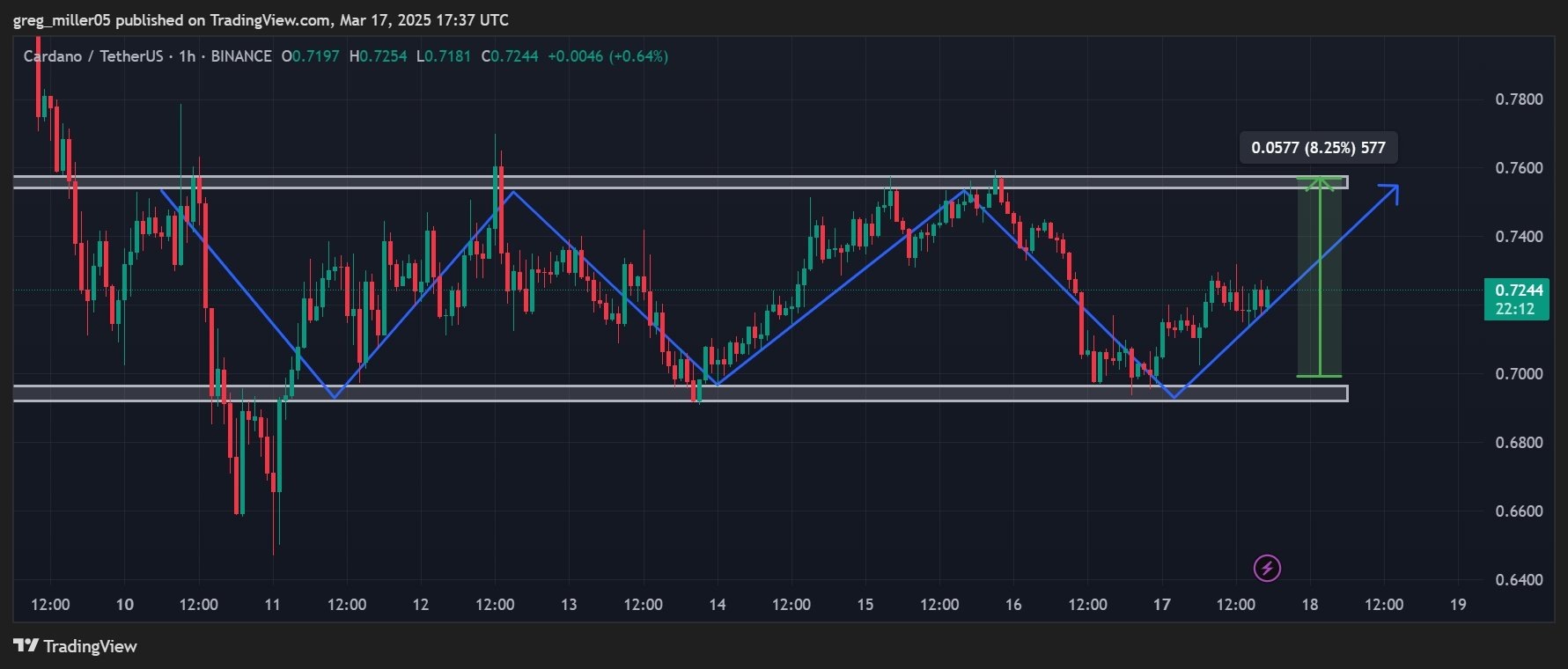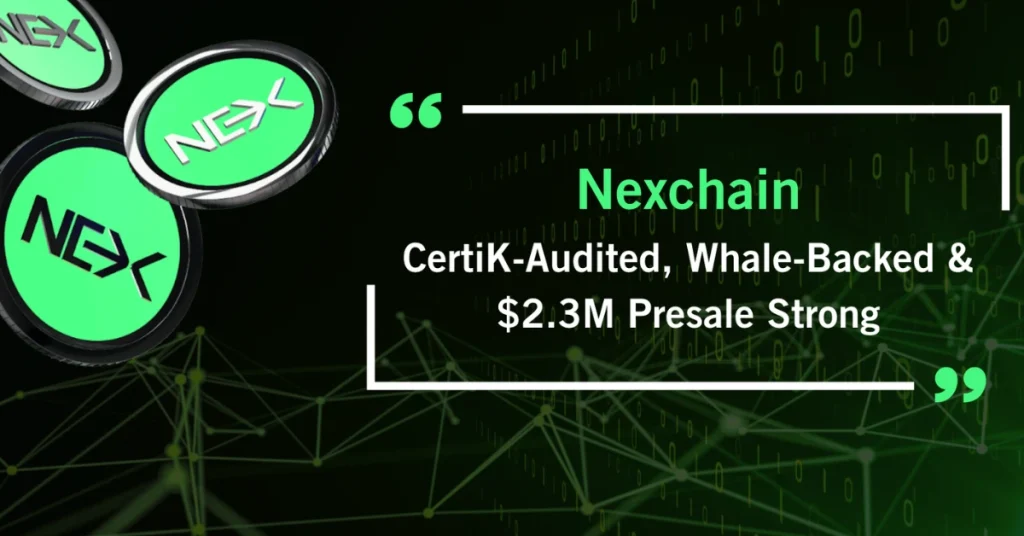
Cardano (ADA) price has shown signs of a potential surge as whales have been actively accumulating large amounts of ADA. With a total of 40 million ADA purchased, many are watching closely for signs of a breakout. Currently, the ADA price is holding steady above the $0.7 support level, following a sideways trend in the market. The question is whether ADA can break through its critical $1 resistance and enter a bullish rally.
Can Cardano Price Hit $1 As Whale Buys 40M ADA?
The recent surge in the Cardano price has drawn attention after a significant whale transaction. According to the data, a large investor recently purchased 40 million ADA, sending a strong signal to the market.
This buying activity has contributed to a noticeable shift in ADA’s market dynamics, with the price rising steadily.
The transaction could create momentum, attracting more investors into the market, which would further solidify the upward trend in ADA’s value.
The price triggered by such a large purchase may pave the way for continued growth, especially if more whales or institutional investors follow suit. With a higher demand for ADA, the price could rise past resistance levels, bringing it closer to the $1 target.

Cardano Price Faces Consolidation Before Potential Surge
As of Tuesday, March 18th, 2025, the price of ADA has been witnessing fluctuations within a defined range. The Cardano price is trading around $0.7, showing a slight decline of 3% over the past 24 hours, following the crypto market decrease.
Cardano price prediction has been hovering between the $0.60 and $0.80 range, with the possibility of a notable upside surge if the $0.80 resistance level is broken. The price could potentially rise by 42%, reaching a target price of $1.
The MACD line remains below the signal line, signaling a weak bullish momentum, while the RSI is currently at 37, indicating that the market is not in an overbought or oversold condition.

Crypto analysts highlighted a recent price movement for Cardano price, noting that the cryptocurrency is gaining momentum. After bouncing off a key support level, ADA shows potential for an upward move toward $0.76. The technical chart reflects a bullish pattern, with the price stabilizing at the $0.70 mark.
Analyst suggests that if the $0.70 level holds, the positive trend will continue, with a breakout likely to drive prices higher. He emphasizes the importance of volume confirmation to support the strength of this price action. The breakout, should it happen, could push ADA to higher levels, indicating increased investor confidence.
To sum up, As Cardano price continues to stabilize around the $0.70 mark, market participants remain hopeful that whale activity could push the price toward $1.
The post Is Cardano Price Set to Hit $1 as Whales Buy 40M ADA? appeared first on CoinGape.











